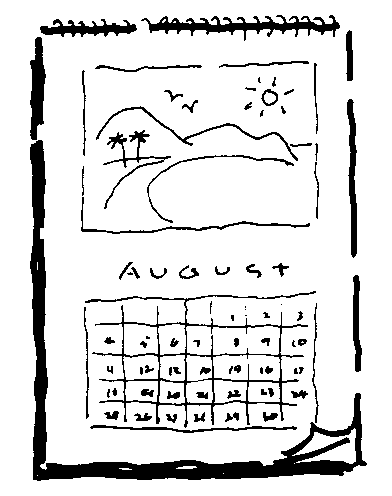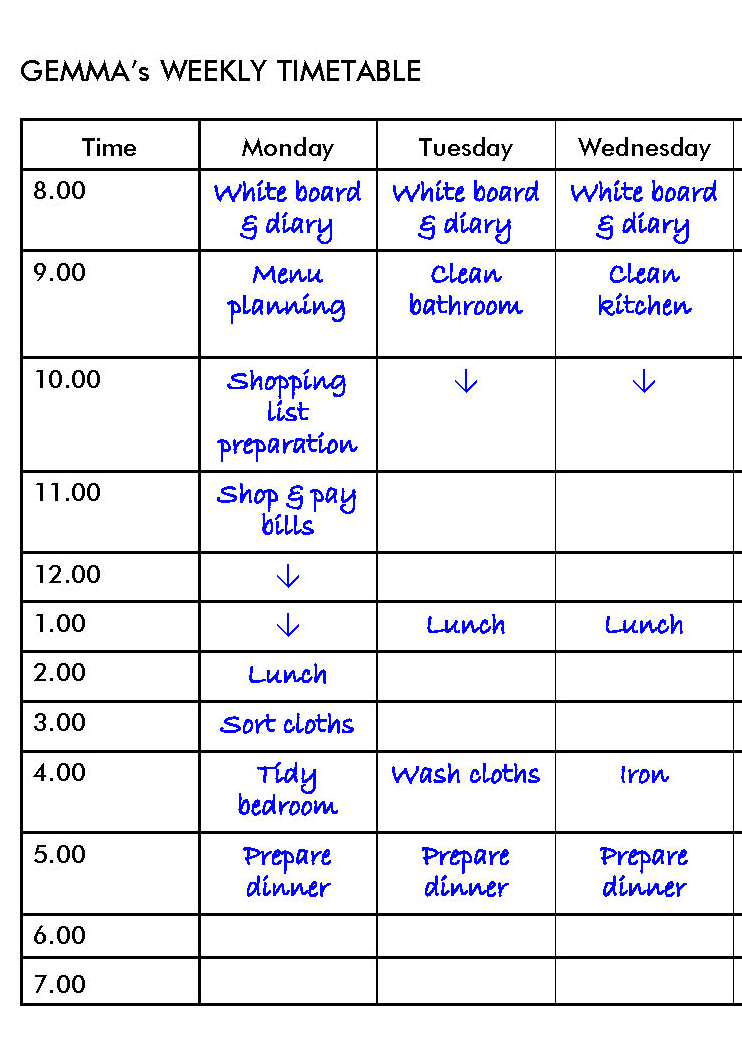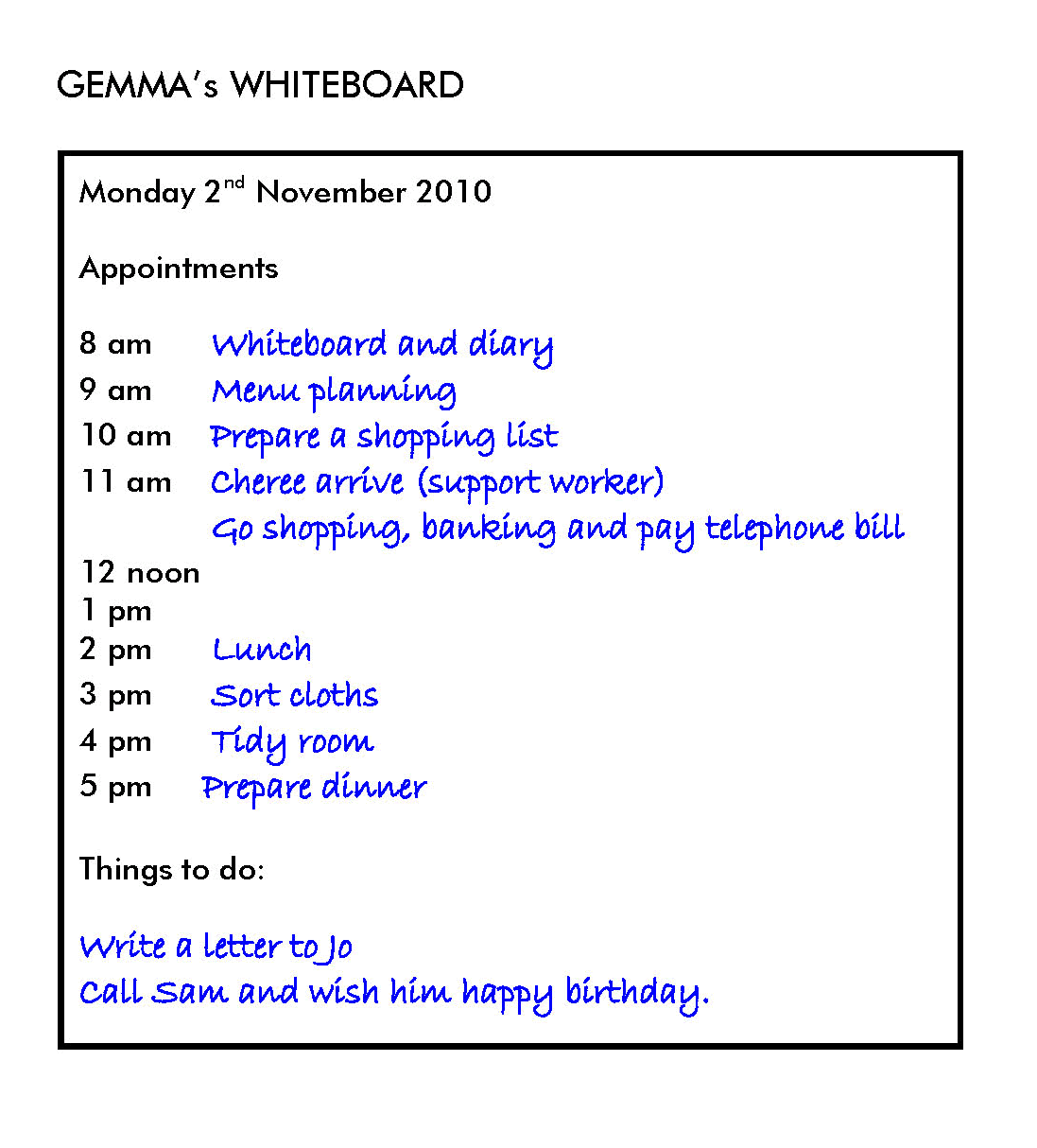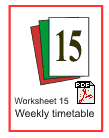- TOOL KITS
- A. The NEXT Step
- B. Promoting Independence
- C. Phone Apps
- D. Return to Work
- E. Motivational Interviewing
- F. Paediatric Brain Injury Rehabilitation Resources
- a) Introduction
- 0. Introduction
- 1. Working together promoting independence
- 2 . Using this kit
- b) Issues, goals, action
- 3. Identifying issues W
- 4. Setting goals W
- 5. Making goals happen W
- 6. Monitoring progress W
- c) Strategies Myself and my relationships
- 7. My behaviour's changed W
- 8. Thinking
- 9. Relationships W
- 10.Conversations
- Managing memory, money and time
- 11. Remembering information and messages
- 12. Finances and handling money W
- 13. Managing time W
- Household tasks
- 14. Food and shopping W
- 15. Food and meals W
- 16. House keeping
- 17. Laundry
- Getting around
- 18. Public transport W
- 19. Accessing the community
- Life tasks
- 20. Self care
- 21. Fitness
- 22. Leisure
- 23. Employment
- 24. Continue learning
- 25. Health and well-being
- Emergencies
- 26. Emergencies
13. Managing your time
- 13.0
Managing your time - 13.1
Using a calendar - 13.2 W
Using weekly timetables - 13.3
Using a whiteboard - 13.4
Using a diary
I never know what is going on. How can I keep track of appointments and things I have to do?
It can be difficult to keep track of different appointments and activities. Knowing what is happening, where and when can be difficult if you don't write things down. It's important to write down appointments and tasks so that you can organise to do them in a logical order.
Strategies for action to manage your time:
- Using a calendar
- Using weekly timetables
- Using a whiteboard
- Using a diary
You might use one or all of them.
How can using a calendar help?

A wall calendar is useful to hang on a wall in a room you spend a lot of time in. This may be in your kitchen or your bedroom. A large wall calendar allows you to:
- Know what day of the week, month and year it is.
- Write when important dates are throughout the year, for example, a birthday.
- Write when important bills are to be paid .
- Write when and where appointments are.
For example, with your Rehabilitation Specialist at the Clinical Services Building, Liverpool Hospital.
How can a weekly timetable allow me to plan for daily and weekly activities?
Weekly timetables divide each day of the week into amounts of time. For example, into hourly blocks of time. Timetables allow you to structure your time. They let you know:
- what you are doing
- when you are doing it
- who you have to see
- and where you are doing it.
A weekly timetable has the days of the week across the top, each day is dated, and there is a column down the side with times. See Worksheet 17. You then fill out the table at the same time each week with appointments, work, home or leisure activities. For example, you might have to do your shopping on Wednesday morning at lOam. You would go across the timetable to Wednesday and then go down to lOam. In this square you would write shopping.
Other activities you could include on your timetable are laundry, chores, banking, meals you are cooking, when to take your medication, therapy appointments and social engagements. Your timetable may be very full or it may have little on it. It depends upon what you are up to that week.
Helpful Hints
A timetable allows you to know what is going on in your week. It stops you from doubling up on appointments. You need to put it in a place where you will always see it. For example, on the fridge or in your bedroom or even a copy in your diary.
Worksheet 15 is a blank timetable for your use. If you put it in a plastic sleeve and write on the plastic sleeve with an overhead pen or whiteboard pen, you can use the same one each week by wiping it clean. It is important to keep a master copy with the activities you do at the same time each week. This means you don't forget what goes where when other appointments may change from week to week.
Gemma's experience
Following is an example of Gemma's timetable for Monday to Wednesday (the full timetable is with Worksheet 15). You can see she has written down everything she has on in her week. Activities that involve others and activities she has to complete around the house. Gemma uses the timetable to structure her time. She uses it with her wall calendar, diary and whiteboard so she knows exactly what is going on

How can a whiteboard help you to know what goes on each day?
A whiteboard is just that- a white board. Some are smaller and can be attached to your fridge with a magnet. Others are large and need to be mounted on the wall. Whiteboards are a good way of keeping track of what you have to do each day: A non-permanent pen is used and can therefore be wiped off the whiteboard at the end of each day for you to write up the next day's activities.
Helpful hints
Whiteboards can be divided into three sections:
Section 1 has the day and the date at the top. You need to update this information every day:
Section 2 has an "Appointments" section.
It identifies any planned activities you have that day at certain times. Hourly times are written down inthis section, like on your timetable. You then write the appointment next to the time.
For example, seeing the occupational therapist at lOam and then your friend for lunch at l2pm. You can get this information from your calendar or out of your diary:
Section 3 is a "Things To Do" section.
It identifies anything you have to do that day: It doesn't usually matter when you do these activities. For example, writing a letter, exercising or clothes washing. If you do have spare time and you share accommodation, ask if there is something that needs to be done that you may not have noticed. Write these activities into your diary or on your timetable at a spare time so you can help around the house.
Helpful hints
When you have done one of the activities on your whiteboard you cross it off. Then you know you have done it and you don't have to do it again.
Gemma's experience
Following is an example of Gemma's whiteboard. If you look at Gemma's timetable you will see that her whiteboard entry covers everything she has on that Monday. It is also the same as what Gemma has in her diary to do that day.

How can a diary help to keep track of the past, present and future?
A diary can be used to:
- know what is going on each day
- write down activities going to happen in the future
- remember what you have done each day.
People use diaries for different reasons. Diaries come in different sizes. Pocket-sized diaries are good if you have to remember appointments. Larger diaries with a day to a page are good if you are writing down information to remember things that happened today as well as in the future.
The great thing about diaries is they can be kept on you! You can keep them in a pocket, a bumbag, handbag or backpack. You can always look in your diary if you keep it with you. This means you can:
- check information to make sure you are in the right place at the right time
- plan your future
- have someone's telephone number to call if something goes wrong.
If you meet a friend you can organise a time when you are free- because your diary will show you when upcoming appointments
Strategies for action
Each diary usually has a few different sections. It is important to fill them out correctly;
Section A: Personal Information
This section is usually at the front of the diary. This is where you keep information about yourself. For example:
- your name
- telephone number
- next of kin and their contact number.
Section B: Names and Addresses
This section may be in the front or the back- it depends upon the diary you have chosen. This is where you keep names, addresses and telephone numbers of people or places you need to remember. It is important to write down who the person is and why you have contact with them. Look at the name and address section of Melissa's diary as an example of how to complete this section.
Section C: Days of the Week
This is the main section of your diary. It is where you write down appointments and things you have to do. When you are writing down an appointment, remember to write:
- who it is with- their name and what you are seeing them for
- when it is- so write it next to the right time slot
- where it is- be specific
- a contact number- in case you need to change your appointment or let them know if you are running late.
If your diary is a big one, and you have plenty of room, you can add a column to the page. This column lets you write down different things you may have to do that don't have an appointment time.
Remember to tick or cross off in your diary, each appointment or activity as you complete it. This helps you stay on track and be ready for what is happening next in your diary.
Section D: An Overview of the Year
This section is usually at the front of the diary. It maps out the whole year over two pages. This can be good to record important dates on. For example, birthdays or when you are leaving on a holiday,
Section E: A map of the local area, shopping centre and bus routes
This information can be stuck into the back or front of your diary for quick reference. These can be areas or buses or trains that you catch or go to frequently.
Section F: Reflection Journal
Not everyone chooses to do this! It is useful if you like to look back and see what you have done yesterday, last week or the month before.
Depending on how good you are at remembering what you have done each day you may need to sit down at lunch and a second time in the evening before bed to write down what you have spent your time doing.
The secret to this section is detail. The more you write down now the more you can look back and remember later on.
If your diary is too small to do this, you can do it just as easily using an exercise book with the date at the top of the page.
Gemma's experience
Gemma uses an exercise book to record her reflections about the day's events. She uses her diary and timetable to remind her of what she has done during the day and writes down how she felt about what happened. If Gemma cannot recall an event or decision further down the track, she looks at her diary or journal and can catch-up on what went on and why. This helps her stay in control.
Gemma became so good at organising her timetable and whiteboard that she was able to transfer her diary to a pocket computer diary! She saved and bought it- unfortunately she got the wrong one and it was too complicated. She decided she would continue to use her written diary!
Who can I contact to work with me to manage my time?
Contact the Brain Injury Rehabilitation Unit staff who can be of assistance:
- Occupational Therapist
- Neuropsychologist
- Speech Pathologist.

